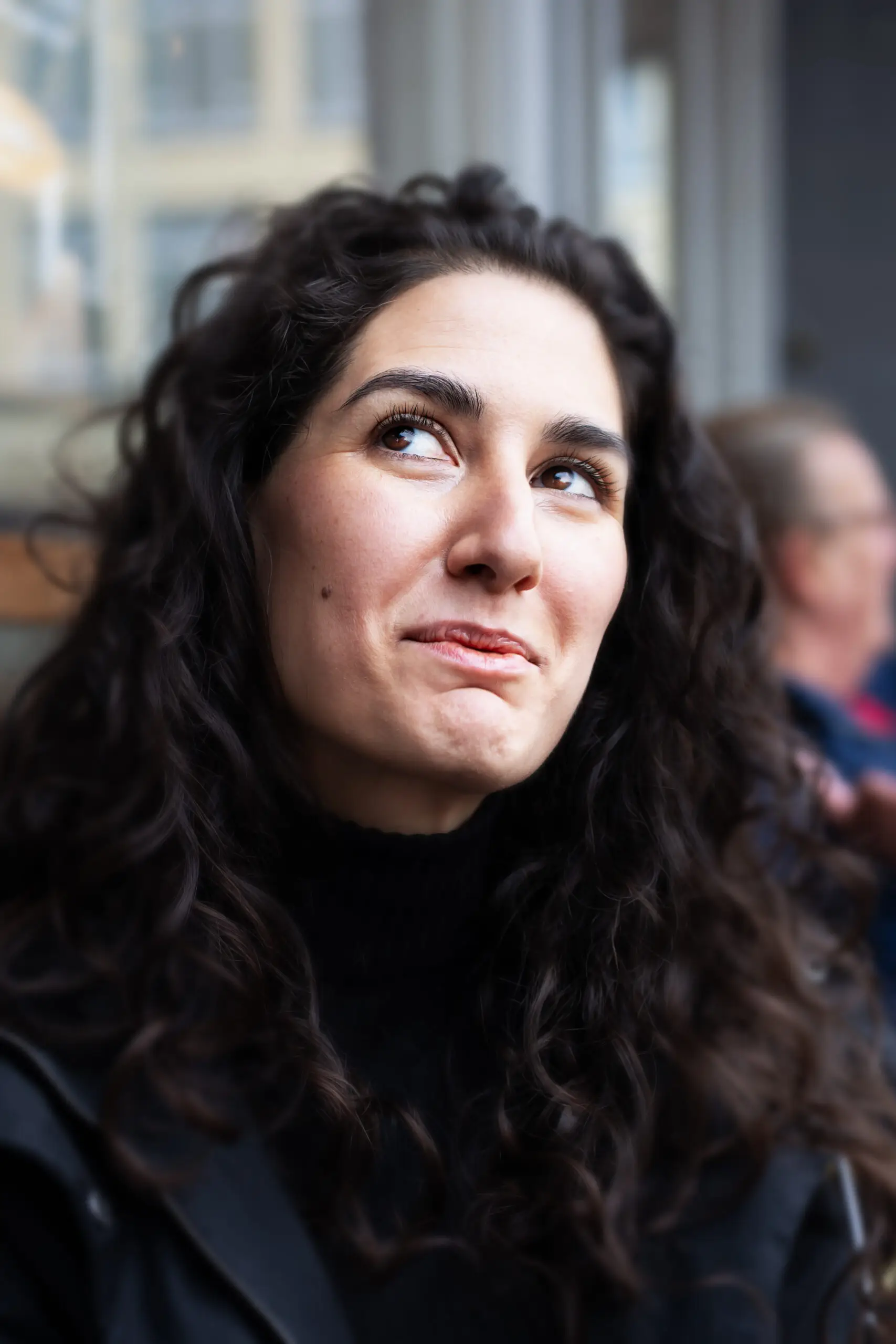I notice him straight away — the hat pulled down, the jacket zipped up tight, the expression that isn’t unfriendly but isn’t an invitation either. It’s the kind of face that makes you curious.
I tell him about the project — how I’m photographing people who’ve been homeless and people who haven’t, so you can’t tell the difference just by looking. He listens, then nods and says, “Yeah, I’ve been there.”
We talk. He tells me about losing his job, his flat, and how quickly it all went downhill. About the nights in hostels, the places that felt safe, the ones that didn’t. He talks about the cold like it’s a person he’s met too many times.
He’s back indoors now. Has his own place, his own routine. But as we’re talking, I can see it — that thing people carry with them after living through it. A certain way of holding yourself, like you’ve learned not to expect too much from the world.
I lift the camera and take the shot. No smile, no performance, just him as he is. And I know it’s going to work for the project — because it’s exactly the kind of face that makes people look twice and wonder.

